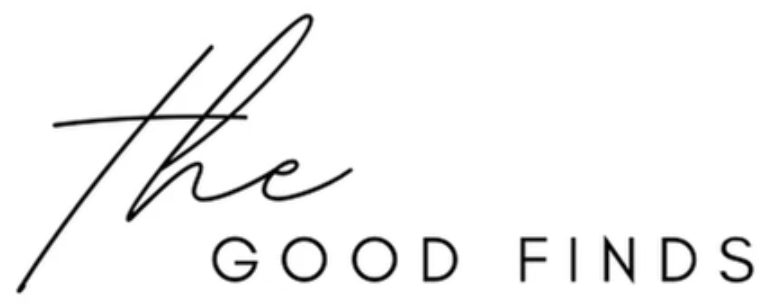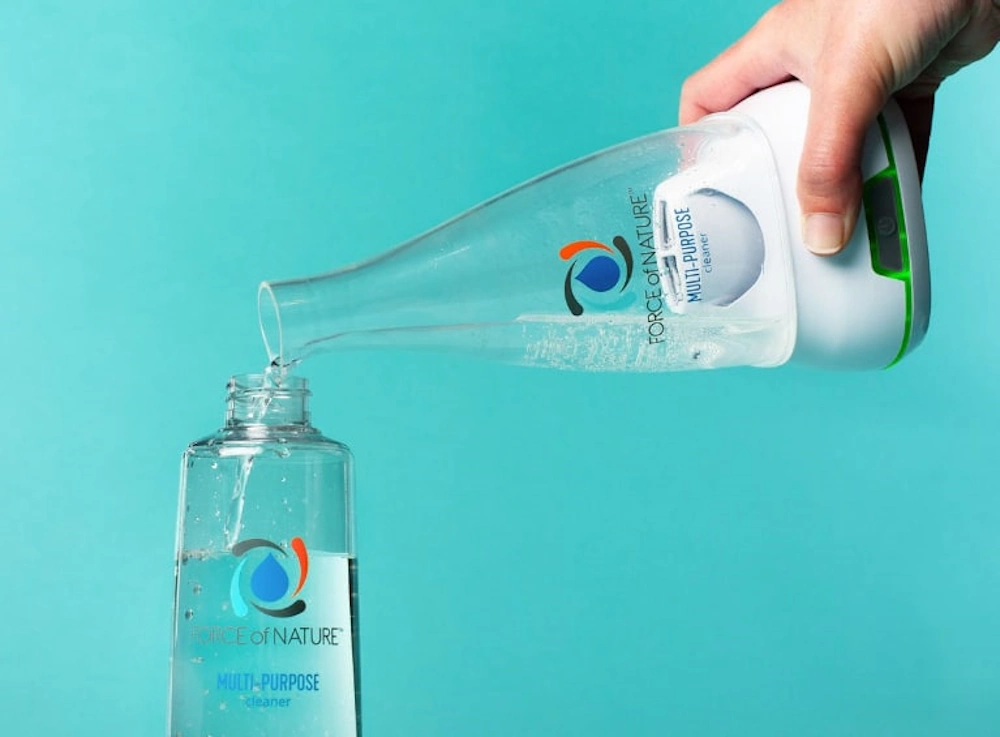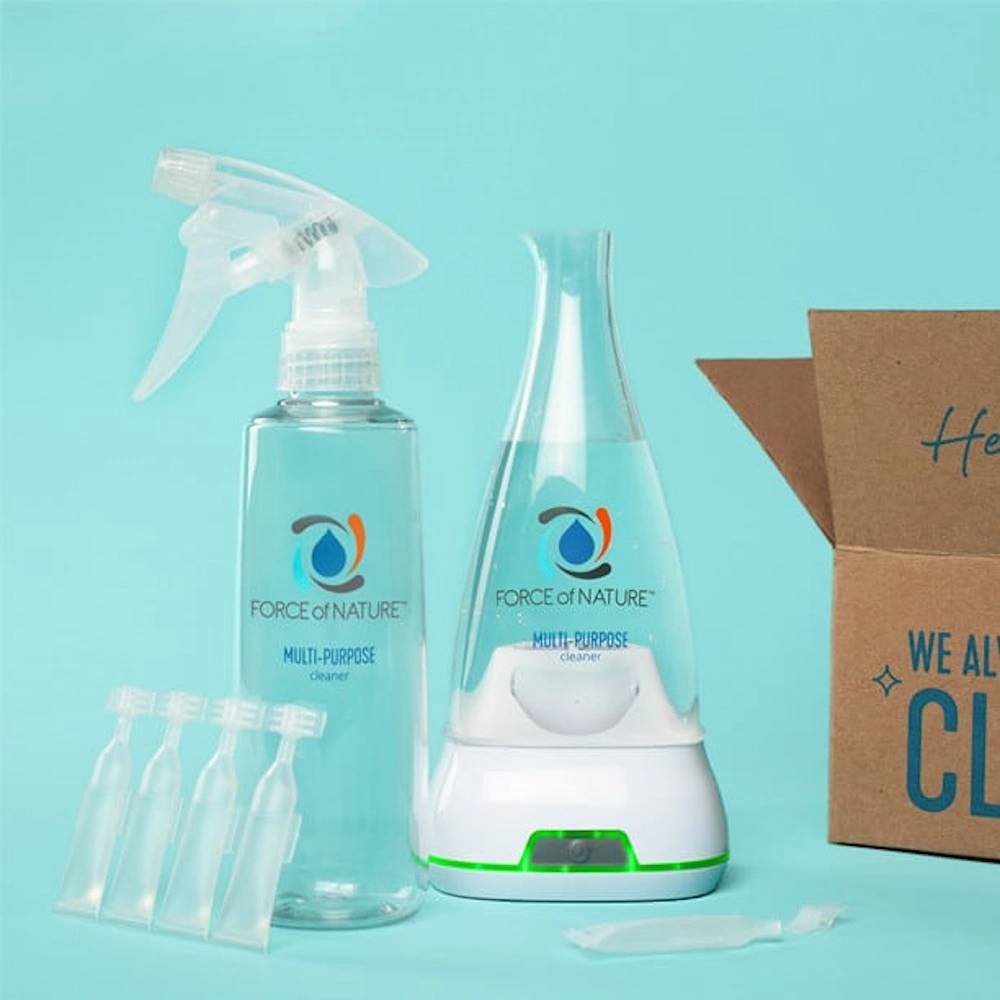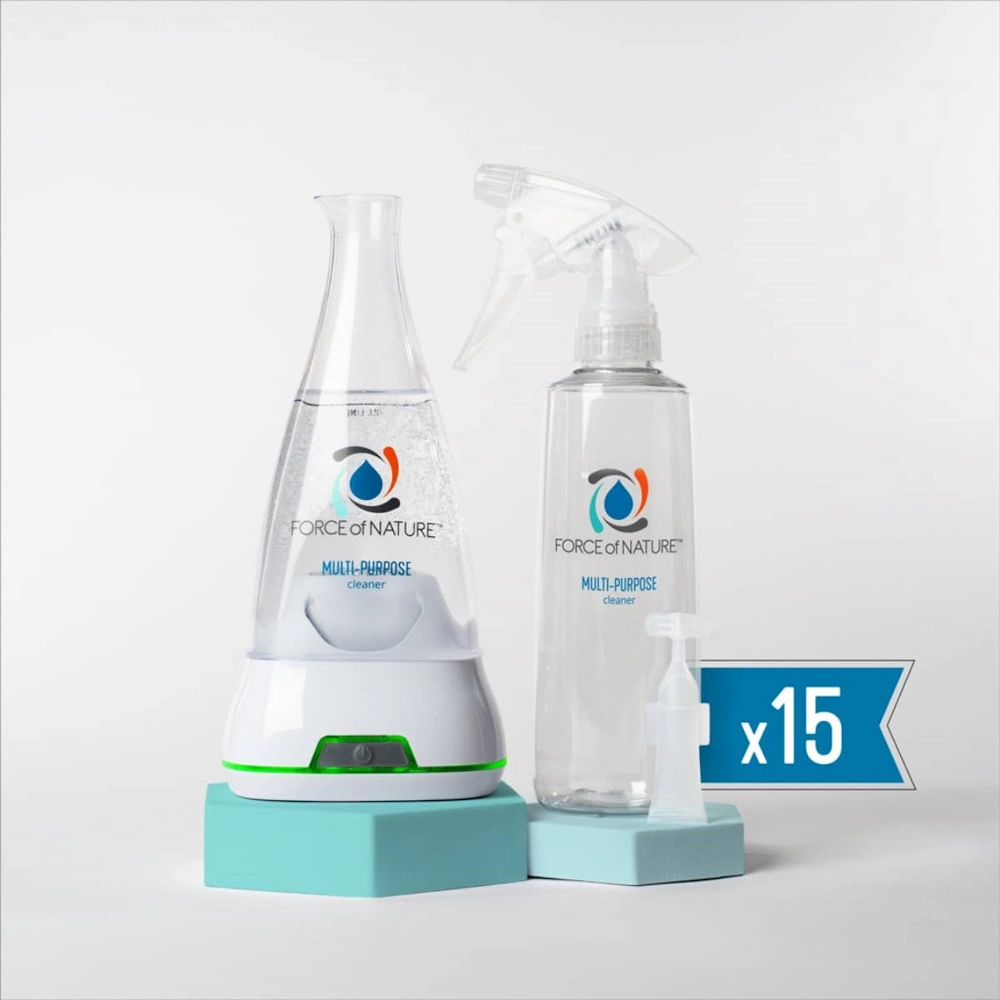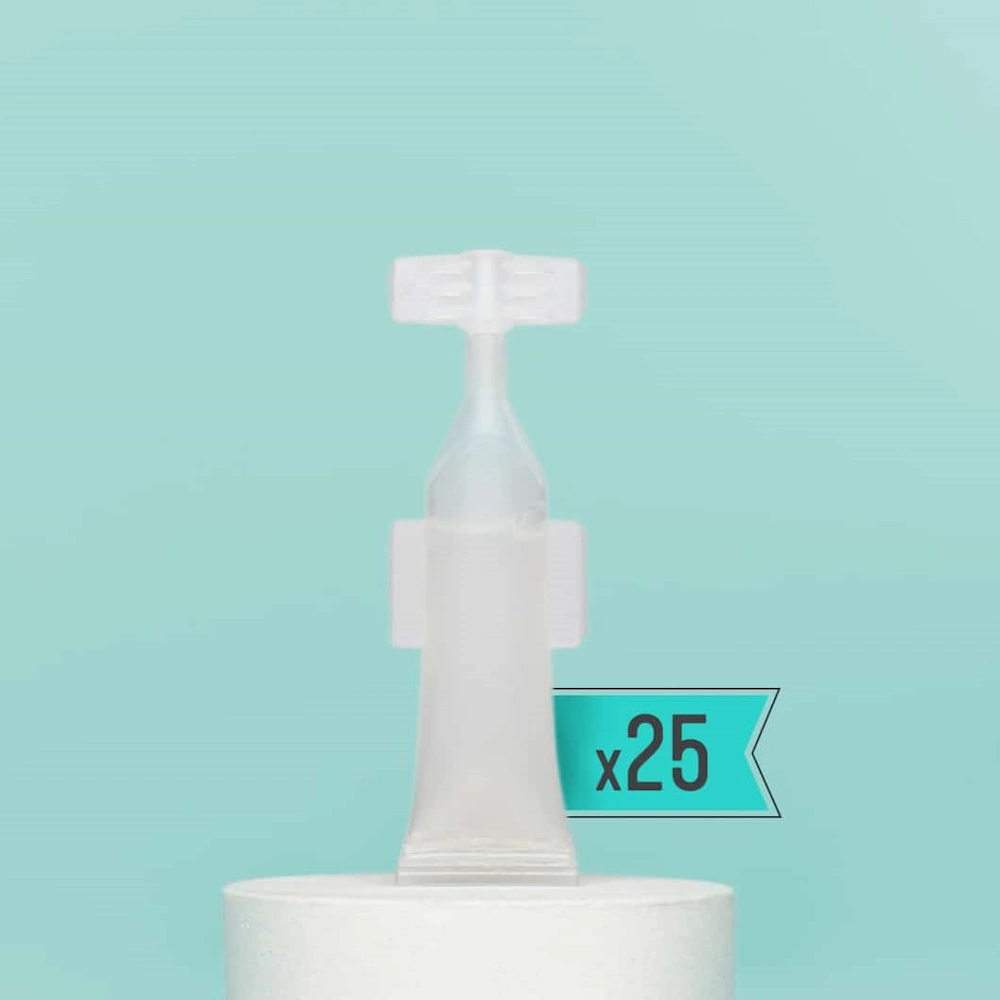Force of Nature Review: One Bottle That Cleans, Deodorizes, and Disinfects
Modern cleaning routines often sprawl. There’s a spray for glass, another for stone, a bottle for bathrooms, a deodorizer for pet areas, and a separate disinfectant. Force of Nature flips that dynamic. The brand built a countertop electrolyzer that turns three simple ingredients—salt, water, and vinegar—into hypochlorous acid (HOCl), a medical-grade disinfectant, plus a touch of sodium hydroxide that boosts cleaning. The result is an all-in-one formula designed to handle daily cleaning, deodorizing, and EPA-registered disinfection in homes and small businesses without harsh fumes or complicated chemistry.
Force of Nature isn’t just a “natural cleaner” with soft claims. Its solution carries an EPA registration number and appears on the agency’s List N, which is the roster of disinfectants expected to be effective against SARS-CoV-2 when used per label directions. That’s a high bar that many eco-leaning products never meet. If a one-bottle routine is the goal, this is the kind of credential that matters because it ties performance claims to standards that actually require data.
The brand’s starter kit includes the electrolyzer, a reusable spray bottle, and five activator capsules (the pre-measured dose of salt, water, and vinegar). The formula is fragrance-free, streak-smart on glass and metal, and safe for sealed stone, stainless, wood, tile, grout, rubber, and more—handy when cleaning a kitchen and then moving straight to a nursery or pet zone. The routine aims to reduce single-use plastic and cut cost per ounce compared with big-box staples, while trimming mental clutter. Fewer bottles on the shelf means the same product is more likely to get used often and correctly.
How the Tech Works
Force of Nature shrinks an industrial process—electrolyzed water—into a compact appliance. Fill the small activator bottle with tap water, squeeze in one capsule, and start the cycle. In roughly nine minutes, an electric current converts dissolved salt into free chlorine, which then reacts to form hypochlorous acid—the star disinfectant—and a small amount of sodium hydroxide—the grease-cutting helper. That’s the science behind why the solution cleans like a conventional spray but disinfects with hospital-grade confidence.
Because HOCl is a delicate molecule, freshness matters. The system helps by making right-sized batches and then tracking potency. A light ring on the base counts down from green to yellow to red over two weeks. That’s the usable shelf life; at day 14, it’s time to make a fresh bottle. This design keeps the disinfectant strong without preservatives or harsh stabilizers and explains why the brand emphasizes “use within 2 weeks.” It’s not a gimmick—it’s chemistry being honest about how HOCl behaves.
Disinfection also depends on contact time. For Force of Nature, the guidance is simple: sanitize in one minute; disinfect in two minutes on hard, non-porous surfaces. Spray until the surface is visibly wet, let the solution dwell, then air-dry or wipe with a clean cloth. That short dwell window fits real life—think high-touch handles, cutting boards, bathroom fixtures, lunchboxes, and playroom gear. The two-minute mark is easy to remember, and it’s short enough that daily wipe-downs feel doable.
Another practical detail: the solution is rinse-free and fragrance-free. That means less “cleaner smell,” fewer residue issues on glass or stainless, and easier transitions from kitchen to kids’ areas. The brand positions this as a single bottle that replaces glass cleaner, bathroom sprays, deodorizers, bleach-based disinfectants, and more. For households sensitive to scents—or anyone trying to simplify—it’s a welcome shift that makes everyday cleaning less of a chore and more of a single, repeatable habit.
Bestsellers, Reviewed: What to Get and Who It Suits
This is the entry point for most homes. It includes the electrolyzer, a 12-oz reusable bottle, and five capsules—enough to get a feel for daily cleaning and a couple of deep-clean days. For most households, this covers kitchen surfaces, bathrooms, and weekly disinfecting cycles without juggling multiple products. The biggest perk is flexibility: make a fresh bottle only when needed, and use it across sealed stone, stainless, glass, and tile with a streak-smart finish. If a home is moving toward a minimalist cleaning cabinet, this kit proves the concept fast.
Ideal for homes that clean a little every day or for those tackling larger spaces. The expanded capsule count stretches well beyond the starter kit’s initial five bottles. For families with pets or toddlers, this bundle offers peace of mind: more capsules on hand means disinfection isn’t rationed during flu season or after the inevitable pet accident. It also softens the learning curve; with more capsules available, there’s no worry about “wasting” one to brew midweek.
Each capsule makes one 12-oz bottle. The brand pegs the running cost at a low per-ounce figure, especially with subscription savings. That’s often substantially less than buying separate glass cleaner, disinfectant, and deodorizer. If a household goes through multiple specialty sprays each month, this math adds up quickly. The simplicity helps, too—no measuring, no mess, and consistent potency every time.
Everyday Performance: Kitchens, Bathrooms, Nurseries, Pets
Force of Nature’s solution plays well across materials that usually demand separate sprays. On sealed stone, it doesn’t etch or cloud, and it avoids the filmy residue that many “multi-surface” bottles leave behind on polished countertops. Glass and stainless see the same benefit: a streak-smart finish without fragrance oils or dyes that can smear. In the bathroom, it cuts soap scum and grout grime, then shifts to disinfection with a simple two-minute dwell. That’s a fast loop for shared sinks, toilet handles, and shower doors.
Deodorizing deserves attention because many homes run a dedicated odor spray. HOCl targets odor-causing compounds, which pays off for diaper pails, pet beds, litter boxes, trash cans, and gym equipment. Spritz until wet, give it a minute, then let it dry. The absence of added scent means no perfume cloud trying to mask odors. It’s also a win for fragrance-sensitive households and for use around pets and kids.
The two-week freshness window actually helps performance. Old, half-used bottles of traditional spray cleaners can linger in cabinets for months while losing zip. Force of Nature’s countdown ring nudges a consistent cycle of fresh solution, which keeps disinfection dependable. In practice, a single 12-oz bottle usually carries a small household through a week of regular use; the second week covers touch-ups and deeper weekend tasks. Larger families or those in allergy or cold season can plan more frequent batches without worrying about waste.
Between floor mopping, countertop wipe-downs, and bathroom refreshes, the biggest shift is psychological: fewer choices, more momentum. The routine becomes spray, dwell, done—across glass, stone, stainless, grout, and plastic toys—with no extra bottle shuffle. That simplicity builds consistency, and consistent cleaning and disinfection is what reduces grime, smells, and shared-germ drama. In real homes, consistency beats complexity every time.
Safety, Certifications, and Compliance: What Stands Behind the Claims
Start with the regulatory backbone. Force of Nature lists an EPA registration number and markets the product for use on the EPA’s List N with directions for dwell time and surface compatibility. EPA registration is a formal review process for antimicrobial products and sets the performance bar for “kills 99.9% of viruses and bacteria” language on hard, non-porous surfaces when used as directed. That’s the statement that separates marketing spin from verified efficacy.
On the consumer-facing side, the brand highlights third-party validations and seals that speak to health, environmental impact, and cruelty-free status. The Starter Kit page showcases Green Seal certification, a Carbon Neutral claim, the Leaping Bunny cruelty-free mark, and the National Eczema Association Seal of Acceptance for the cleaner and disinfectant. For families juggling sensitive skin, allergies, or general ingredient caution, these badges add helpful context beyond pretty packaging.
Safety guidance is refreshingly direct. The formula contains no added fragrance or dyes. The FAQs warn against adding essential oils, which would interfere with the chemistry and reduce efficacy. The appliance and labeling also clarify that each capsule is single-use, that solutions should be used within two weeks for disinfecting power, and that dwell times matter for sanitizing and disinfection claims. All of that aligns with best practices from the broader disinfection world: fresh solution, proper contact time, and clean surfaces first.
A practical note on hard water rounds out the safety picture. For households with very hard water, the brand recommends softened, bottled, or reverse-osmosis water to keep the appliance free of mineral buildup. Following that guidance keeps performance consistent across regions and extends the life of the unit’s electrodes. A quick wipe of the activator area if buildup appears is all it takes to keep things humming.
Cost & Value: The Per-Ounce Math (and Where the Deals Hide)
Running cost is where Force of Nature quietly shines. Standard capsules for 12-oz batches land at a low per-ounce figure, and subscription pricing pushes it even lower. Pro capsules for 32-oz batches track similarly. Against mainstream brands—glass cleaners, disinfectant sprays, and deodorizing mists—that delta adds up quickly over a month and even more over a year. Multiply by the number of specialized bottles a household usually buys, and the savings look less like a rounding error and more like a smart budget decision.
Upfront pricing for kits and bundles varies, but the shop grid generally lays out clear values. The Starter Kit typically sits in an accessible range, while bundles add 15–50 capsules and push the per-bottle cost down further. Free shipping is common, and the site routinely posts seasonal promos. Capsule refills also carry notable subscription discounts, which is a solid lever for long-term value if the routine sticks.
What about hidden costs? There aren’t many. The appliance uses minimal power and runs for only minutes per batch. Replacement bottles are inexpensive if extras are needed for different rooms, and the travel 3-pack covers on-the-go use without buying single-use mini sprays. Waste drops because empty capsules are tiny, and there’s no parade of new plastic trigger bottles heading to the recycling bin. The total-lifecycle picture—less plastic, fewer formulas, lower per-ounce spend—makes the system feel more like a utility than a “special” cleaner.
From a value standpoint, the only catch is remembering the two-week clock. If cleaning is sporadic, brew smaller, more frequent batches to stay on-spec for disinfection. The countdown ring helps avoid waste, and most households that clean weekly finish a 12-oz bottle well before the deadline. With a little rhythm, the per-ounce math holds and the budget benefits follow.
Pros and Cons
Pros
The combination of salt, water, and vinegar—transformed by electrolysis into HOCl—delivers hospital-grade efficacy without harsh fumes. An EPA registration number and List N placement bring regulatory rigor that backs the “kills 99.9%” promise when used as directed. That assurance matters for families and small businesses that need more than marketing copy.
The same solution cleans sealed stone, stainless steel, glass, tile, grout, plastic, wood, and more. Fewer products mean less decision fatigue, less storage, and fewer chances to mix incompatible chemicals. Homes move faster from crumbs to clean without swapping bottles or second-guessing surface safety.
One minute to sanitize and two to disinfect keeps the routine realistic for high-touch surfaces. Shorter dwell times make proper disinfection more likely to happen during busy mornings and late-night resets.
Capsules keep costs in check, especially when replacing multiple specialty sprays. With subscriptions or bundles, the per-ounce price falls even more. Over a year, that difference becomes a noticeable line item in the household budget.
Green Seal, Carbon Neutral claims, Leaping Bunny, and the National Eczema Association Seal build confidence for health-conscious and ingredient-aware households. These aren’t just badges; they communicate that a third party has looked at performance or safety from another angle.
Cons
HOCl is potent but short-lived. The countdown ring helps, but people who clean infrequently may remake solutions more often than expected. Smaller, frequent batches solve it, yet it asks for a new rhythm.
The starter kit is an investment compared to a bargain bottle from the store. The payback shows up with consistent use. Casual cleaners may not realize the savings without a routine
Very hard water can cause mineral buildup. The recommendation to use softened, bottled, or RO water adds a tiny step, but it’s still something to remember.
Many users will see this as a benefit. Fragrance fans may miss a “clean smell.” The trade-off is lower residue, fewer irritants, and a scent-neutral clean that doesn’t clash with anything else in the home.
Why list both sides? Because a system that truly replaces a cart of cleaners should be evaluated like a daily utility. The strengths are genuine, and the trade-offs are real but manageable with a few simple habits.
Tips, Best Practices, and Care
Make it fresh, use it up. The system is built around potency. Mix a batch, rely on the countdown ring, and aim to finish the bottle within two weeks. If life gets chaotic, brew a new one—the appliance runs in minutes, so there’s no penalty for frequent, smaller cycles. Potency drives performance; fresh solution wins.
Nail the dwell time. For disinfection claims to hold, spray until the surface is visibly wet and let it sit for two minutes. Sanitizing takes one minute. Pre-clean heavy soil so the solution contacts the whole surface, which improves results and reduces the need to re-spray. Habit beats perfection; get close consistently and the home stays ahead of grime.
Don’t “boost” with oils or additives. It’s tempting to scent fragrance-free products. Skip it here. Oils interfere with the chemistry and reduce efficacy. If a light scent is desired, open a window or diffuse a separate room fragrance away from the bottle. Keeping the formula pure preserves the disinfecting edge.
Match the bottle to the task. Keep the 12-oz bottle in the kitchen, another in the main bath, and stash a travel bottle in a gym bag or car kit. The fewer trips to a cabinet, the more likely each zone gets a quick daily wipe-down and regular disinfection. Place bottles where messes happen, not where they look tidy.
Mind surfaces and habits. The solution plays well with sealed stone, stainless, glass, tile, wood, laminate, grout, and rubber. That covers kitchens, baths, toys, highchairs, pet bowls (rinse food-contact items if preferred), diaper pails, and gym gear. Use it as a daily cleaner, then switch to disinfection mode after raw-meat prep, illness, or high-traffic days. If a surface looks dull, it’s usually residue from previous cleaners—give it a few cycles and the film fades.
Hard-water households. If the home has very hard water, feed the appliance softened, bottled, or RO water to keep minerals from shortening its life. Wipe the electrodes area per the manual if buildup ever appears. A tiny bit of care keeps the machine performing like day one.
Final Thoughts
Force of Nature takes a different path to a familiar promise: one product that cleans, deodorizes, and disinfects well enough to replace half the cleaning aisle. The difference is that it backs the promise with EPA registration and the same core chemistry found in professional settings, then packages it for daily home use. When a cleaner actually works across stone, stainless, glass, grout, and plastic—and can shift from everyday wipe-downs to hospital-grade disinfection with a simple two-minute dwell—the rest of the cabinet starts to look unnecessary.
There are trade-offs. The two-week potency window asks for a small dose of routine. The upfront cost can feel steep next to a single bottle at the store. And the lack of fragrance may throw scent-seekers at first. Yet the math and momentum tend to win over time: a low per-ounce cost, fewer plastic bottles, faster wipe-and-disinfect loops, and an end to juggling conflicting sprays. For homes that want fewer chemicals, fewer steps, and cleaner air, this is a system built for that.
The best path in? Start with the Starter Kit, watch for bundle promotions and free shipping, and consider a capsule subscription once the routine sticks. For larger spaces, pet-heavy homes, or small businesses, the Pro format reduces make-cycles and keeps the per-ounce value strong. Either way, simplifying the cleaning shelf while upgrading to EPA-registered disinfection is a rare case of having it both ways—less clutter, more capability, and a routine that finally feels as easy as it should.
